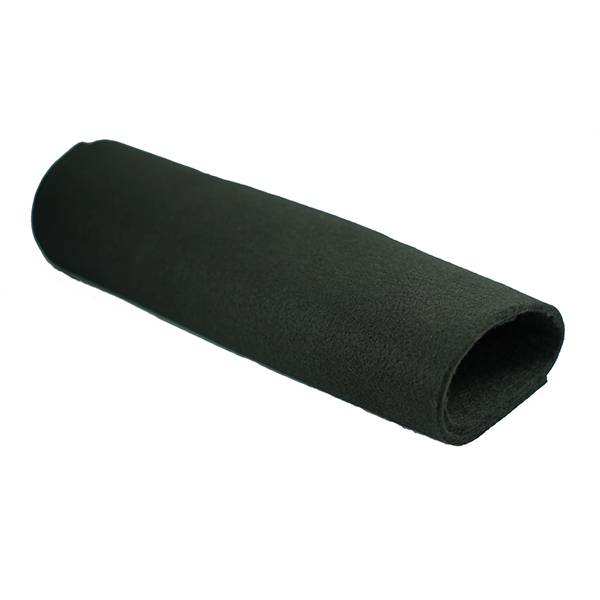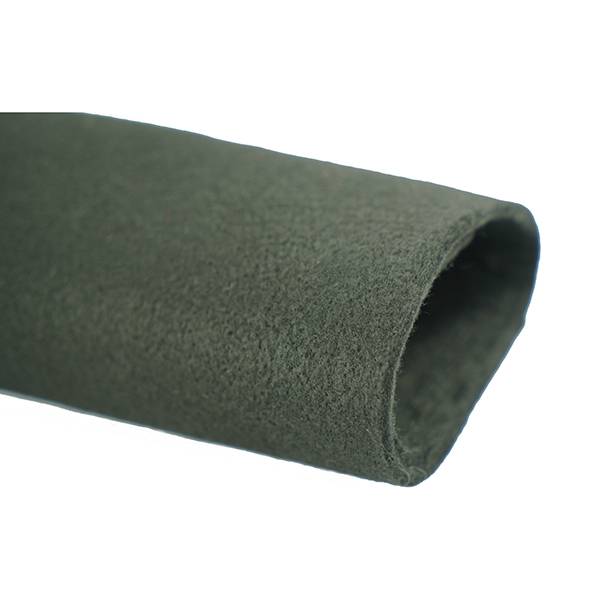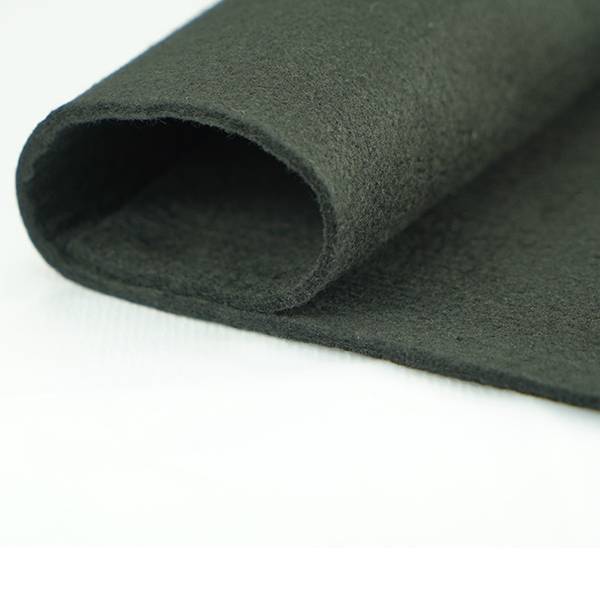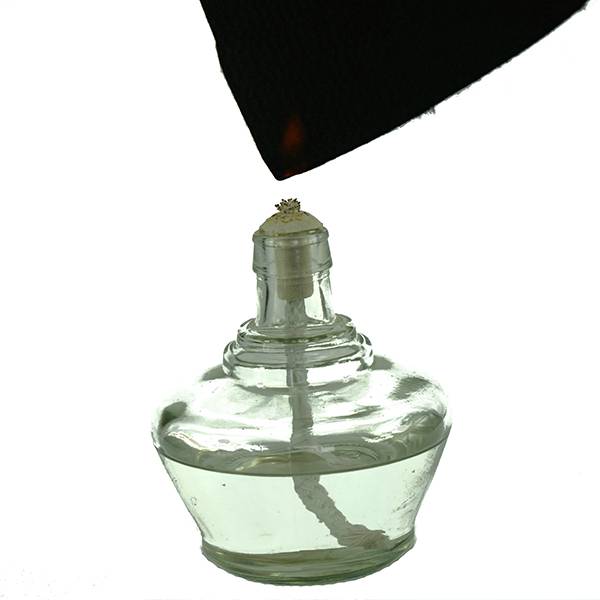PriceList for Anti Condensation Film - PAN-based Carbon Felt – Huasheng
PriceList for Anti Condensation Film - PAN-based Carbon Felt – Huasheng Detail:
|
Property |
Measured Value |
|
Product name |
PAN-based Carbon Felt |
|
Material |
PAN-CF |
|
Bulk density(g/cm3) |
0.14-0.15 |
|
Carbon(%) |
≥98.5 |
|
Thermal conductivity(1150oC W/m .k) |
0.12-0.18 |
|
Tensile Strength (Mpa) |
0.15 |
|
Crushing stress(at 10% compression N/cm2) |
8-12 |
|
Ash(%) |
≤0.05 |
|
Processing temperature(℃) |
1200 |
|
Operating condition in the air(℃) |
≤400 |
|
Operating condition in the vacuum(℃) |
≥1500 |
|
Operating condition in the vacuum in the inert atmosphere(℃) |
≥2300 |
|
Thickness |
1 – 10mm |
|
Max width |
80in |
1.PAN (PolyAcrylNitrile) is lower in cost.
2.PAN has coarser fiber and larger fiber diameter = Lower Surface area.
3. PAN is stiffer and has an “ichier” feeling. Rayon is more flexable and less irritating to the skin.
4. Rayon is lower in Thermal Conductivity than PAN at temperatures greater than 1800°C.
For heat treating applications, PAN carbon felt is the best price.
For handling ease and ultra high temperatures, Rayon is the best choice.
PAN-based carbon felt are used as insulation in vacuum and protective atmosphere (non-oxidizing) furnaces and process equipment used in the heat treating, semi-conductor, ceramic, aerospace, defense, bio-medical appliance, and sintered metals industries.
These felts are also used as a cathode in flow battery applications and as a reaction surface for many other electro-chemical processes. Common consumer and industrial consumable uses are as welding blankets, plumber pads, glass blowing pads, wicks in ultralight stoves, and automotive exhaust lining.
Easy to cut and install.
Low density and thermal mass.
High thermal resistance.
Low ash and sulphur content.
No outgassing.
Product detail pictures:





Related Product Guide:
Assume full responsibility to satisfy all needs of our clients; achieve continual advancements by endorsing the expansion of our purchasers; turn into the final permanent cooperative partner of clientele and maximize the interests of clients for PriceList for Anti Condensation Film - PAN-based Carbon Felt – Huasheng , The product will supply to all over the world, such as: Houston , Angola , Sri Lanka , We've been always creating new technology to streamline the production, and give products with competitive prices and high quality! Customer satisfaction is our priority! You can let us know your idea to develop unique design for your own model to prevent too much similar parts in the market! We are going to present our best service to satisfy all your needs! Remember to contact us right away!
The enterprise has a strong capital and competitive power, product is sufficient, reliable, so we have no worries on cooperating with them.



